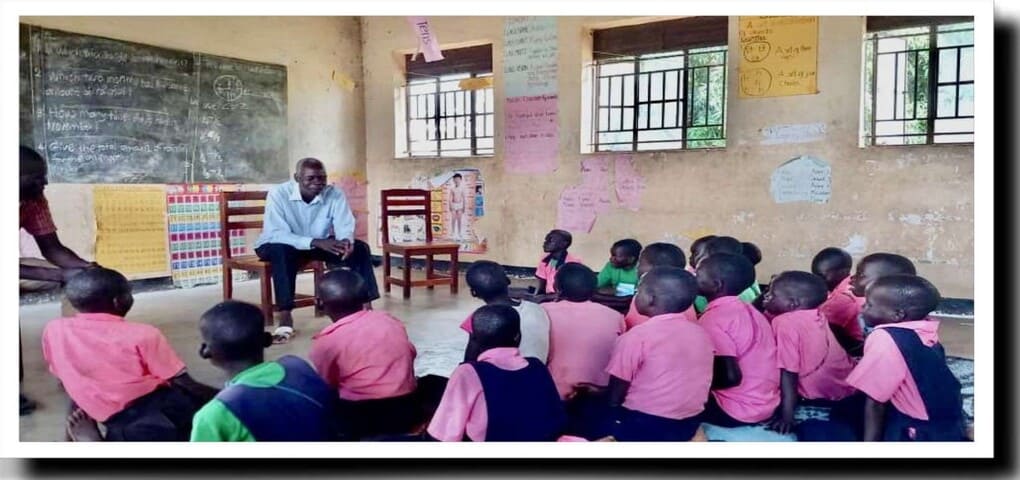Storytelling Program was created by ChildsPlay International (CPI) and implemented by HAF Uganda in Palabek Refugee Settlement
to share our experience with schools, NGOs, and community
groups seeking to enrich play-based learning, stimulate children's imagination, preserve local
culture, and foster face-to-face interaction in an increasingly digital world.
Storytelling serves as a powerful tool for education, transcending traditional classrooms. It's a dynamic means
of imparting knowledge, fostering creativity, and instilling valuable lessons in children.
The progrsm was designed to reach vulnerable children. By combining drawing and oral storytelling, children can weave together
strands of what they feel but cannot yet articulate.
The Children - sit in semi-circle in front of the story teller to listen and participate in the discussion.
The Story teller - spends 10-15 minutes telling a story already agreed on.
Team Leader - has a plan and makes sure everything goes on as planned.
Volunteer - help manage the venue, program, welfare and over all care for the children.
Recording - Smart phones and a microphone to film the story teller and the children.
Drawing - papers, pencils and crayons for children to express themselves, they draw their version of the story.
The types of stories told are: Folklore, Personal Stories and Experiences, Fictional/made-up stories, Origin stories, History, Tribal history and stories, and Local stories that bringing out lessons about morals, behavior, cultural values, justice, origins and roots.

Storytelling provides several advantages to children: As children listen to stories, they acquire knowledge, establish connections with their cultural heritage, and help carry forward traditions. When children tell stories, it enhances their ability to organize language into narratives, prompting “thinking on their feet," and gain confidence in a safe setting. Storytelling isn't confined to formal educational settings. It can also take place within families, and community centers, making it a universally accessible form of education. Its impact extends beyond textbooks and school grounds.
Storytelling provides several advantages to children: As children listen to stories, they acquire knowledge, establish connections with their cultural heritage, and help carry forward traditions. When children tell stories, it enhances their ability to organize language into narratives, prompting “thinking on their feet," and gain confidence in a safe setting. Storytelling isn't confined to formal educational settings. It can also take place within families, and community centers, making it a universally accessible form of education. Its impact extends beyond textbooks and school grounds.